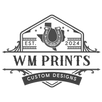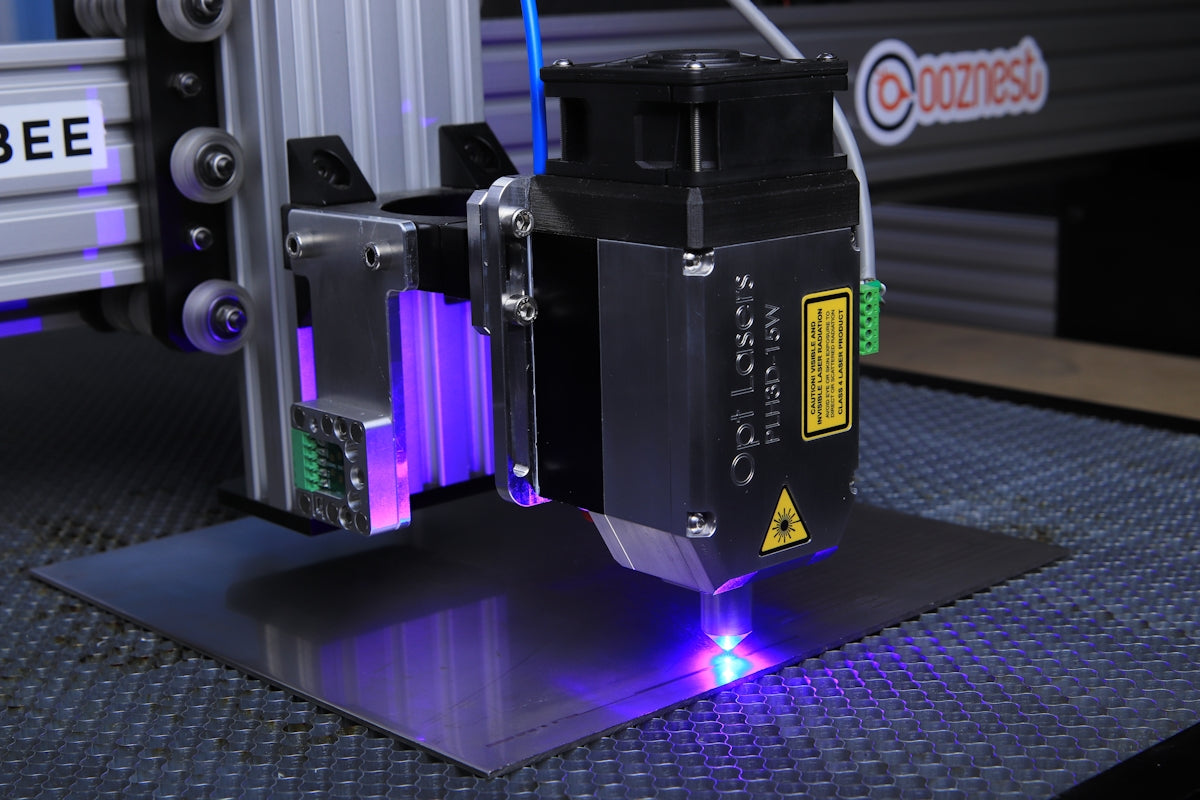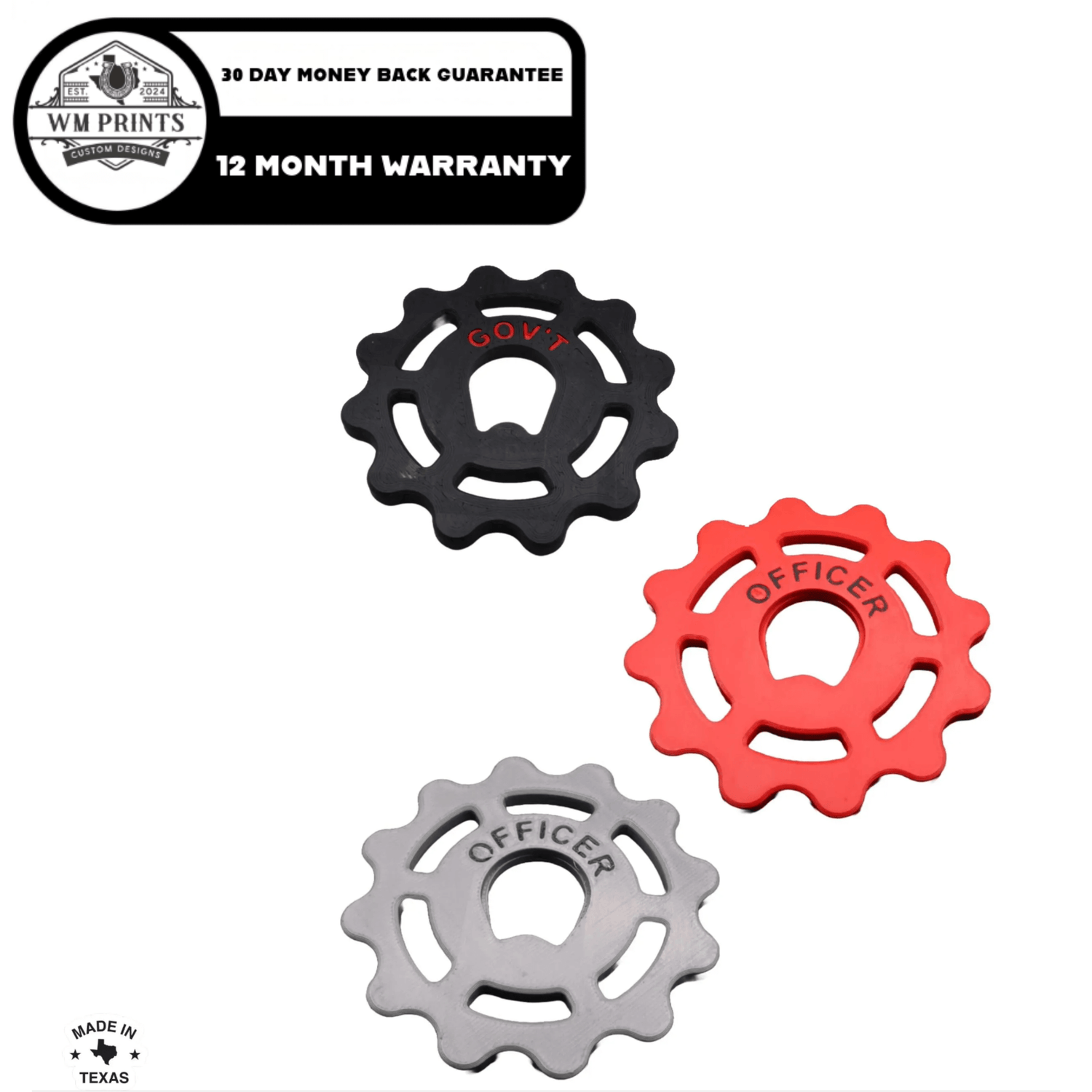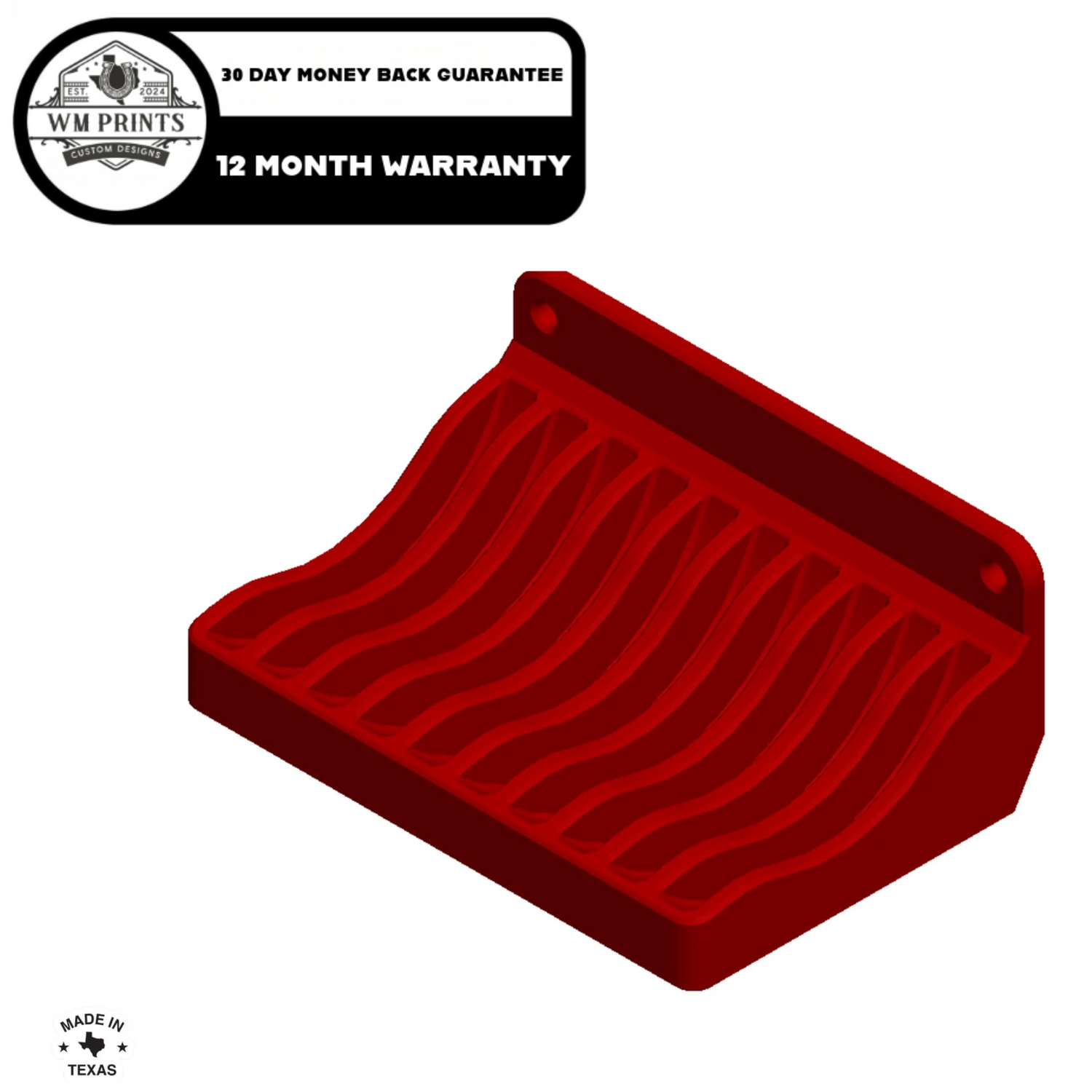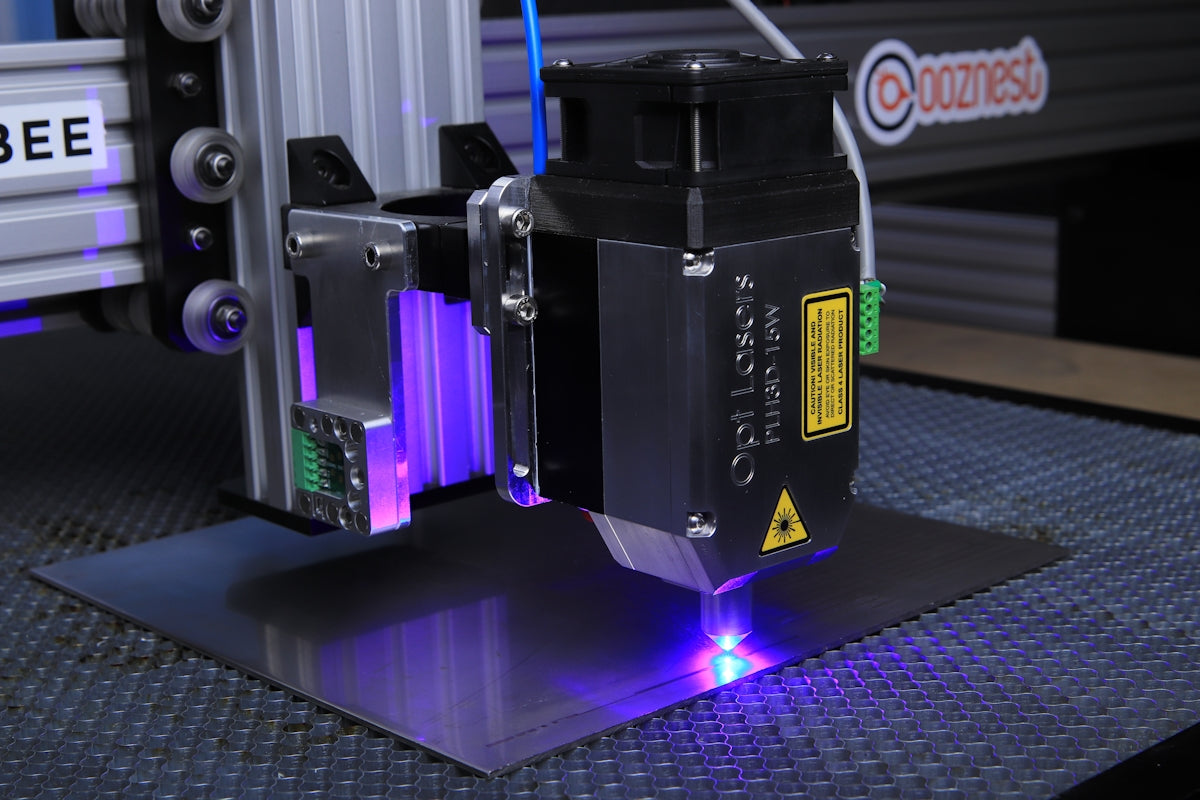As the popularity of 3D printing continues to soar, understanding the distinction between consumer and industrial 3D printers has become increasingly crucial. Both have revolutionized their respective arenas, but they serve different purposes and audiences. In this post, we’ll delve into the key differences between these two categories of 3D printers.
Consumer 3D Printers
Consumer 3D printers are designed with the average hobbyist in mind. These printers are often more affordable and user-friendly, making them accessible to a broader audience. Here's what sets them apart:
- Affordability: Consumer 3D printers tend to be more budget-friendly, providing an entry point for enthusiasts and small businesses. They often have a lower initial cost and may use less expensive materials.
- Ease of Use: These printers are typically straightforward to set up and operate, with user-friendly software and interfaces. This makes them ideal for beginners who want to explore the world of 3D printing without a steep learning curve.
- Build Volume: The print size, or build volume, of consumer 3D printers is usually smaller compared to their industrial counterparts. This is sufficient for personal projects, prototypes, and small prints but may not be ideal for large-scale production.
- Materials: Consumer 3D printers generally support a variety of basic materials such as PLA and ABS, which are easily accessible and suitable for most DIY projects.
For those looking to start with 3D printing at home, an invaluable tool to organize your workspace is the Lyman Type Prep Tools Holder available on our website.
Industrial 3D Printers
Industrial 3D printers, on the other hand, are designed for businesses and manufacturers that require precision, scalability, and a broader range of capabilities:
- Precision and Quality: These printers boast higher precision and produce parts of excellent quality suitable for professional applications in various industries such as aerospace, automotive, and healthcare.
- Material Range: Industrial 3D printers can process a wider array of sophisticated materials like metals, high-performance polymers, and composites, opening doors to advanced applications and projects.
- Larger Build Size: They often have a significantly larger build volume, allowing for the production of bigger items or large quantities of smaller items in one run.
- Speed and Efficiency: Industrial 3D printers are designed to produce items faster and on a larger scale, meeting the high-demand needs of large businesses efficiently.
In summary, while consumer 3D printers offer a great starting point for personal use and experimentation, industrial 3D printers cater to businesses that require high-capacity manufacturing capabilities. Whether you are a hobbyist or a professional, understanding these differences will help you make informed decisions based on your needs.
For more information on the range of products and tools that complement your 3D printing journey, visit our website.

